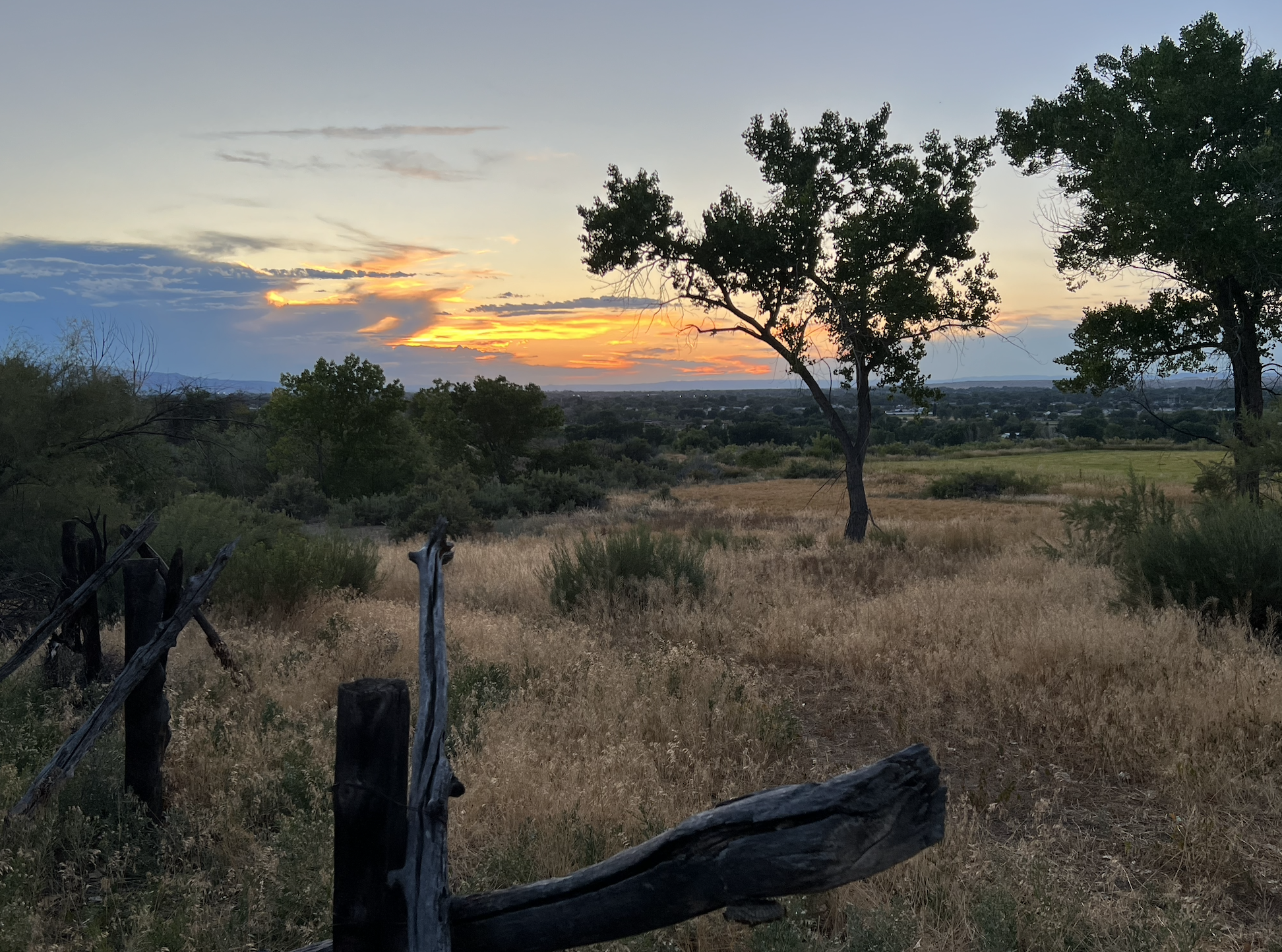I love this simple story that hosting friend Muryah Baldwin shares. She speaks of the ever-growing parts of our work together. In this case, world cafes that gather a community and improve a drug rehabilitation program.
“My purpose for sharing this story at this time is to highlight the deepening fusion and connections that I am recognizing, between our work especially in AoH and TWC and to thank you for continuing my learning. I know that the scenario described is just one more example of experiences that we are all having in places around the world.
I just returned from working in Kalamazoo Michigan where I trained 30 enthusiastic citizens (judges, engineers, life coaches, business owners) as conversational hosts and who assisted me in hosting a large group of citizens at the Kalamazoo Farmers Market yesterday. In a program originally seeded by Fetzer and the Kellogg Foundation, The Drug Courts of Kalamazoo County have made a revolutionary shift in the way that they process drug use offenders. The court has shifted from simply penal system to a problem-solving resource for 1,500 recovered addict/criminals (over the past 10 years) who are now law abiding contributing citizens. Success rate in the program is high especially compared to drug-related criminal recidivism in general. This is a tremendous success story, from the mouths of deeply grateful recovered users.
Several courts across the country are now applying these principles by shifting their approach to a select population of “unintended abusers” not the hard core or violent, differentiating their sentencing options to also include recovery methods, mentoring and bridges back to becoming a NORC normal operating respectful citizen.. The now retired sheriff says it works because the collective of affiliated agents changed their perspective on what the courts are there to provide.
Saturday’s cafe table discussions was designed to take the principles used by the drug court to scale by addressing other immediate systems and situations in Kalamazoo. Citizens set the agenda by identifying next focus, opportunities and dilemmas. It was grand, with media coverage and about 75 people engaged in conversations resulting in rich observations and actionable ideas for moving forward, Attendees covered the scale from judges, sheriffs, mayor, professionals and other citizens across generations. The highlight came during the context setting , testimony from a bright light who fell from grace simply by trying something new. She drew tears with her story of going from rock bottom to a return to her intended life path all because she was given a chance as well as jail time. This set the tone for attacking “hard problems” with hope for success.
I had a blast. The proud town folks were ready, hungry for some way of moving forward (there is evidence that they are change agents) and TWC, introduced by Guillermina Hernandez-Gallegos at Fetzer – TWC Steward – became that bridge; they hit the ground running.
I am rambling………….all of this is to say that I noticed fundamental ways in which TWC/AoH complement to enrich my/our work. My attendance at AoH sharpened an agency for articulating/modeling for the conversational hosts the type of presence, posture, consciousness required to apply TWC principles and to “be a major embodiment of and for the environment they want to create.” This may have been particularly important as many of the learners were from the courts and law enforcement community (strong mindsets). In 3 hours they got it !!!!. The ‘father of the program’ and most engaged judge gave open testimony to the media and the crowd on Saturday of how TWC principles (he attended the training) provided a framework for understanding and repeating what they did well in the drug court without a map – just right hearts and minds. The 30 hosts are poised to become the local TWC community of practice supporting the anticipated conversations that have been stimulated
Gratefully, feeding the Field,
Muryah
